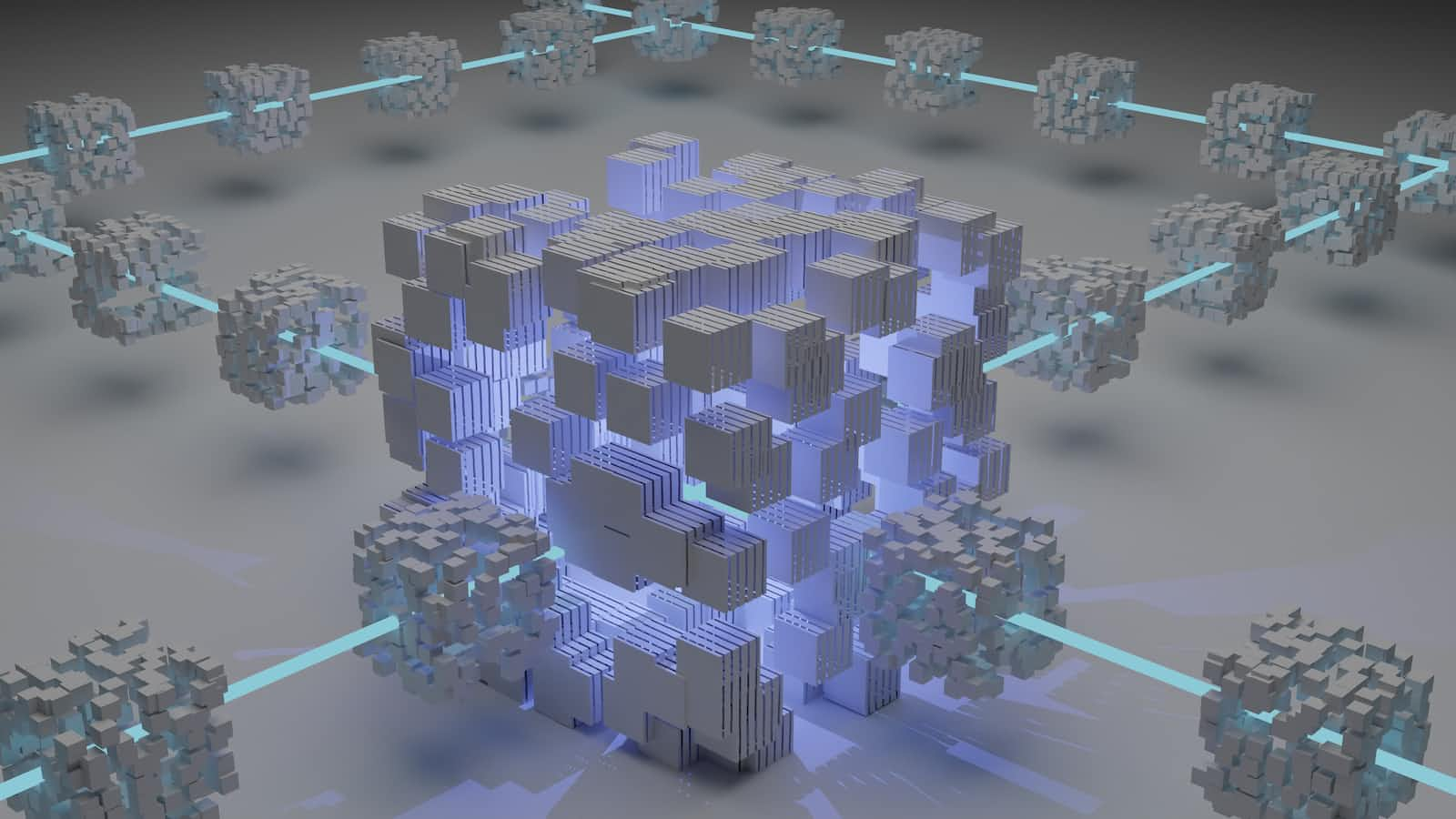Blockchain technology simplified
 Obasi Vera
Obasi Vera
Introduction
Although people have different views and opinions as to what blockchain technology is all about and how it works. This article seeks to give a detailed explanation of how blockchain technology works.
Generally, blockchain technology could be seen as the structure that stores transactional records.
This structure that records this transaction could be called Blocks of the public and it stores these records in a different database that is called a chain and this network is connected through a peer to peer node. Thus we could refer to this as a digital ledger.
When we say something is a distributed ledger, it mostly means that everybody has the receipt for the transaction.
Moving forward, in this article we seek to properly define the following concepts;
How does blockchain work?
Some terminologies in blockchain
cryptanalysis
cryptography
What are the different types of encryption?
How does Blockchain really work?
Blockchain technology mostly uses the following
- Cryptographic keys:
This involves public and private keys and Cryptography involves encryption and decryption as every individual node has both of these keys and they are used to create a digital signature.
- Digital signature
This is a unique and secure digital identity reference and the most important aspect of blockchain technology.
And it is important to note that each transaction is authorized by the digital signature of the owner.
A transaction is authorized by a mathematical verification in a peer-to-peer network.
A peer-to-peer network is a large group of individuals who act as authorities to reach a consensus on transactions among other things.
Now, these transactions are stored in a structure known as the digital ledger and the digital signature safeguards it from being tampered with as it could easily be seen but can hardly be corrupted.
Thus we could say that blockchain is seen as a structure that records activities or transactions through a network of connected peer-to-peer nodes.
This allows each person once in the network would have their signature.
Now transactions here can happen when individuals involved here have access to the ledger because it is their digital signature that validates the ownership. It becomes secured by the network and thus the network secures the transaction.
It is very important to note here that the information and transactions recorded in this chain can be seen by all participants but cannot be corrupted by any.
So we could summarily say that blockchain is a public record that records that stores information and transaction according to how they occurred.
Cryptoanalysis
This is the study of ciphertext, ciphers, and cryptosystems to understand how they work and finding and improving techniques for defeating or weakening them.
So basically it is the study of the system of cryptography to look for weaknesses or leaks of information.
Now Cryptanalysis is basically the method of studying encryption and decryption of information.
Encryption could be done using cipher text as it is an encrypted text transformed comprising of randomized texts and numbers and when this text runs through a decryption algorithm it becomes plain text.
So to say, a ciphertext is not understandable until it has been decrypted and becomes a plaintext, so when we want to transform a text back to a ciphertext it then runs an encryption algorithm and it then goes back.
There are though different ways of encoding information which majorly include substitution cipher, Transposition cipher, block cipher.
Cryptography
This is seen as a secured form of transmitting messages, information, or transaction such that only the intended receiver of this message and the sender of this message can access it.
It mainly uses the process of encrypting the intended message to be sent by the sender and then decrypts the encrypted message when it gets to its receiver.
Characteristics of cryptography
Confidentiality: This is basically achieved through the encryption of information because once this information has been transferred or transformed to cipher text it can hardly be accessed.
Integrity: by ensuring that the data received is actually valid data from the sender and has not been tampered with or even manipulated.
Authentication: This mainly ensures that the data collected are not tampered with and it is thus known as integrity authentication, while source authentication is used to verify the identity of who created the information.
It is important to note that integrity ensures that its activities by generating a digital signature that has a public key and obtains the message digest and then has a public key and obtains the message digest and then ‘hashes’ the message to see if it finds something to identify to its hashes. If the message digest is identical the message is authentic and the signer's identity is proven.
Non-Repudiation: This becomes a reality when a statement author cannot dispute ownership or it means the assurance that the sender of the information is provided with a sender proof of the sender identity so that none of the party can deny not getting the message.
Non-replay: through encryption hashing and digital signature.
Types of encryption
We majorly have two types of encryption which include symmetric/conventional encryption and Asymmetric encryption.
1. Symmetric encryption uses a common key and the cryptographic algorithm to scramble and unscramble its message and it uses the TRIPLE DES (3des) which is an abbreviation of “Triple Data Encryption Standard” which is an example of a block cipher encryption algorithm.
This is a symmetric key block cipher and it applies the des cipher algorithm three times to each data block ( One block of data is set to 64 bits. So the des encryption algorithm is applied to each 64 bits block)
2. Asymmetric encryption mostly uses two different methods which include the public keys and the private key.
Generally, blockchain technology could be seen as the structure that stores transactional records in Blocks and records these data in a chain.
Subscribe to my newsletter
Read articles from Obasi Vera directly inside your inbox. Subscribe to the newsletter, and don't miss out.
Written by

Obasi Vera
Obasi Vera
I am an accomplished blockchain content writer and frontend web developer with a passion for merging cutting-edge technology with captivating storytelling. With a solid background in computer science and an acute eye for design, I have honed a unique skill set that allows me to create immersive user experiences that leave a lasting impact. Whether crafting thought-provoking articles on the future of decentralized finance or developing awe-inspiring web applications that harness the immense potential of not just blockchain technology, but also the tech ecosystem as a whole, my work is always driven by limitless creativity and unparalleled innovation. I am dedicated to creating unforgettable experiences that deeply resonate with users. If you are in search of a skilled professional who can navigate the ever-evolving world of blockchain and web development, look no further. I would be thrilled to collaborate with you and bring your ideas to life in a way that exceeds your expectations. Let's work together to create something truly extraordinary.